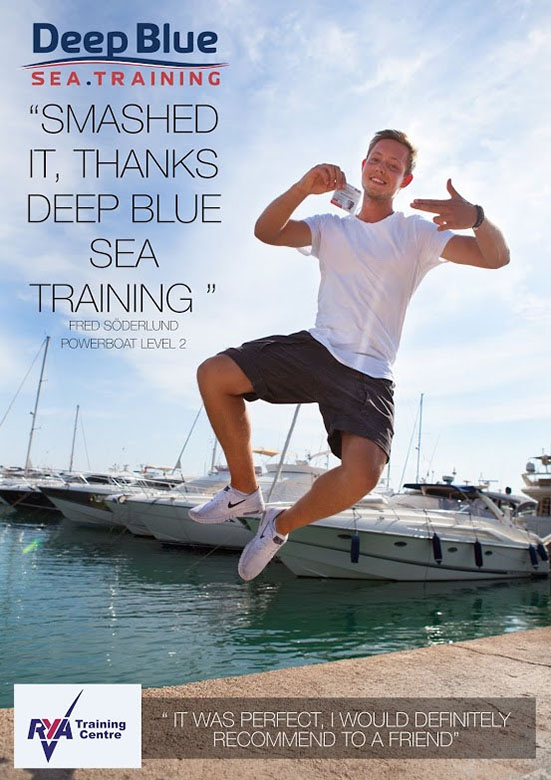
Today
Between 1997 and 2008, there was a massive growth in the number, size, and popularity of large private or super-sized luxury yachts in the 24-to-70-metre (79 to 230 ft) size range. Luxury yachts, mega-yachts, or super-yachts typically have no real home port as such, although a yacht must be registered in a port of the country where its flag state is registered. Popular flag state registrars for large yachts are Cayman Islands, Marshall Islands, Isle of Man, and the British Virgin Islands, among others. (Many times the yacht will have never been to these ports.)
They are particularly bountiful in the Mediterranean Sea in summer and the Caribbean Sea in winter. Some can be chartered (rented) for sums of up to 1 million Euro per week. Yachts will dock in a port of choosing while the crew does maintenance work and waits for owners or guests to arrive. The vessels then will do short cruises with the owners and/or guests aboard. Typical destinations in Spain and the French and Italian Rivieras include Cannes, Antibes, St. Tropez, Monte Carlo, Portofino, Porto Cervo, Puerto Banús, Puerto Portals, and Palma, Majorca, although increasingly luxury yachts are cruising in more remote areas of the world. Antigua is one of the main ports in the Windward Islands of the Caribbean and hosts a Charter Show at the beginning of the winter season.
While the demand for new luxury yachts has slowed somewhat, there have still been some significant launches such as the 163.5 metres (536 ft) M/Y Eclipse built by Blohm + Voss for Russian businessman Roman Abramovich and the 180 metres (590 ft) Azzam launched in 2013. Luxury boatbuilding and yacht charter companies are predominantly based in Western Europe and the United States but are also increasingly found in Australia, New Zealand, Asia, and Eastern Europe.
In 2015, the market saw some large deliveries such as the 125m Golden Odyssey by Lurssen or the 101m Feadship Symphony.
Charter
Some yachts are used exclusively by their private owners, others are operated all year round as charter businesses, and a large number are privately owned but available for charter part-time. The weekly charter rate of luxury yachts around the world ranges from tens of thousands to over a million dollars/euros. Expenses of approximately 20–30%, such as food, fuel, and berthing are charged as an extra, called the advance provisioning allowance. The luxury yacht charter industry functions effectively because private yacht owners mitigate their running costs with charter income as well as keeping their yachts and crew in top running order. Conversely, private charterers charter yachts (rather than owning them) because it is generally considered to be less expensive, and less hassle, than owning a yacht and it also provides them with extra choice related to yacht type, location and crew.
Crew
The crew required to operate a large or super-sized luxury yacht can number from 8 members for a 120 ft yacht, to a complement of 70 for a yacht the size of Eclipse. The crew is made up of a Captain, First Mate/Officer, Chief Engineer, Engineers, Bosun, Personal Chef, Crew Chef, Deckhands and Stewardess/Stewards. Luxury yachts are maintained by crew all year round but will often scale down to a skeleton crew during the seasons that the owners are not on board and no charters are booked. Most crew members live on board and are paid a monthly salary, with most living expenses covered by the owner. Live-on-board crews do not pay rent, food, electricity or water bills. All luxury yachts have crew areas below deck, which consist of a crew mess, crew cabins and laundry. While most crew cabins contain bunk beds, there are Captains and Chief Engineers who, on the larger yachts, have their own cabins. There are no set hours that crew members work each week. The hours depend greatly on how often the owners are on board, how often it is chartered and on what hours the Captain sets when there are no guests on board.





